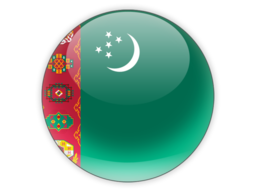Meymand is a troglodyte village located in the southeastern part of Iran, near the city of Shahr-e Babak in the province of Kerman. The village consists of over 400 hand-carved houses and cave dwellings, many of which are believed to be over 7000 years old, making it one of the oldest continuously inhabited settlements in the world. The houses are dug into soft rock and are designed to keep the interior cool during the summer and warm during the winter.
The village is divided into two main parts: the old section, known as the Meymandi, and the new section, known as the Posht-e-Meymand. The Meymandi is the original part of the village and consists of ancient caves and structures that have been inhabited for thousands of years. The Posht-e-Meymand, on the other hand, is a newer section that was built on the hillside above the Meymandi in the 20th century.
The inhabitants of Meymand are mostly from the Shahsavan tribe and are known for their hospitality and traditional way of life. Many of them still practice the ancient crafts of weaving, rug making, and pottery, and visitors can purchase these handmade goods in the village.
Meymand was added to the UNESCO World Heritage List in 2015 due to its unique cultural and architectural value, as well as its historical significance as an example of human adaptation to a harsh and arid environment.
Explore Near Meymand
Discover 2 cities and 1 airport within 75km. Perfect for planning day trips, finding connecting flights, or discovering new destinations to explore during your visit.
Nearby Cities Worth Exploring
2 destinations within 27.7km - 62.5km from your location
Airports Near Meymand
1 destination within 65.1km from your location
Cross-Border Adventures Near Meymand
Discover cross-border adventures near Meymand. Explore neighboring countries with similar attractions and extend your travel experience across borders.







